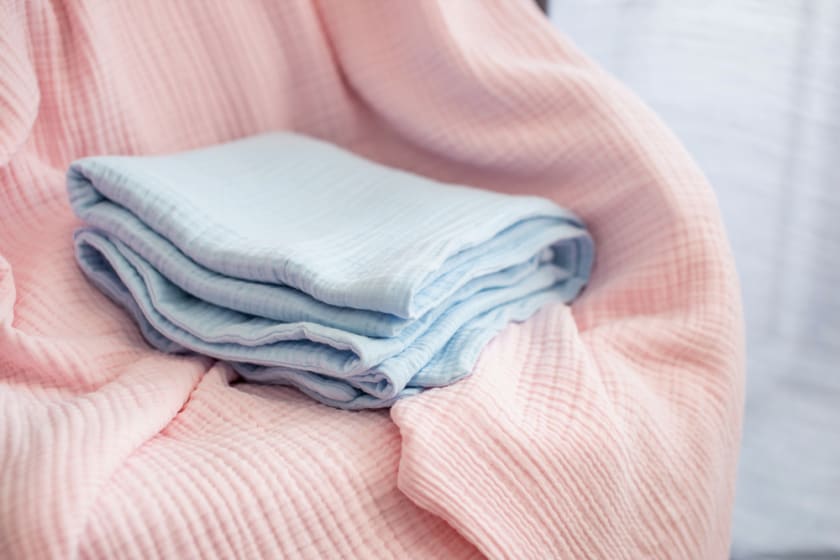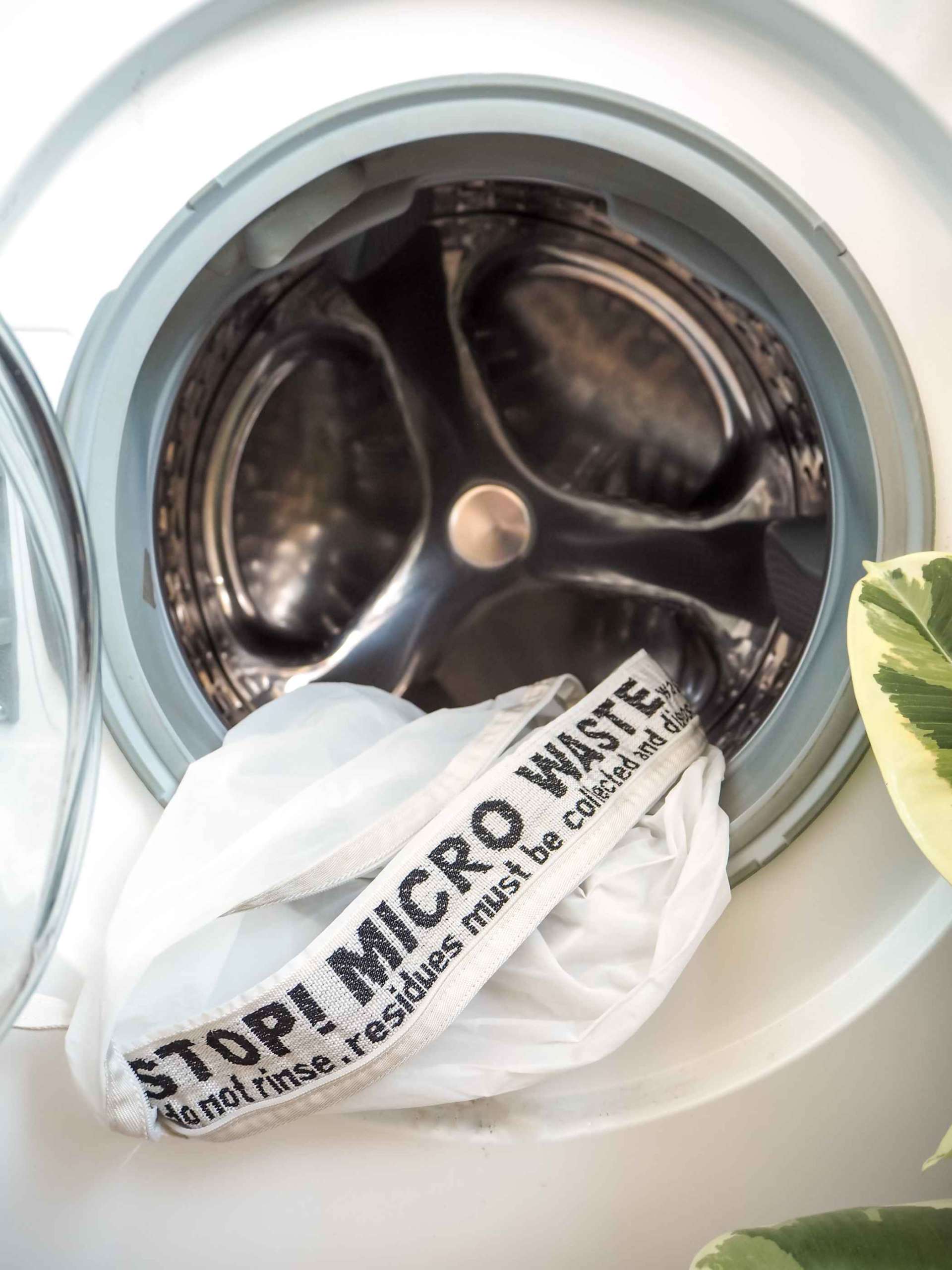Muslin : Facts and Tidbits you need to know



| Fabric | Muslin |
| Types | Gauze, Mull, Swiss and Sheeting |
| Major Exporter | China, India, USA and Bangladesh |
| Used For | Shirts, dresses, blouses, underwear, socks, sheets, bed sheets, bags, skirts |
| Thread Count | 300 (approximate) |
| Breathability | High |
Muslin gots its name from Mosul, a city in Iraq, where it was first manufactured. Muslin is a simple fabric available in various weights ranging from light and airy to coarse and dense. It is available in various colours. Nearly two hundred years ago it was the most valuable fabric because of its fine and delicate weaving. Mostly light and loosely woven, muslin fabric is a popular choice as a comfortable fabric with an undisputable reputation.
Information about Muslin
Muslin is a cotton fabric of plain weave. It is the oldest and most widely used cotton fabric in the world. The value of muslin lies in its versatility since the fabric’s use ranges from cooking to surgery, from fashion to photography. Muslin uses a plain weave technique, a single weft thread alternating over and under a single warp thread. Muslin is also a fabric for testing fashion prototypes. In order to make Muslin, the cotton yarns have to be spun as fine as possible. Humid climate is required for this. Once the yarns are fine enough, they are woven using looms.

The Short Story of Muslin
The origin of muslin is in Dhaka, in Bangladesh. The hot and humid climate of Dhaka facilitated muslin weaving. The European traders discovered this fabric in Mosul, Iraq which is why the name. The province of Bengal had a thriving muslin industry until the colonial rule suppressed it. Also the indigenious muslin weavers couldn’t compete with the machine made imported clothes, as result of which the industry suffered from impoverishment. Later coarse muslin was used as a symbol of self reliance by Gandhi during the freedom movement in India.
Why is muslin the most popular cotton fabric?
Muslin is available in various types, coloured or white. Muslin is 100% natural. It is durable and breathable. The super breathable property of muslin makes it a high demanding fabric for summer. Muslin is a lightweight fabric, so much so that Mulmul (a light variant) can easily pass through a ring. Muslin dresses are extremely comfortable to wear. The best part of muslin fabric is that it can be put to various uses. Sewing, dressmaking, cooking, surgery etc. Muslin fabric dries easily. It holds the dye and does not facilitate fading. Muslin is very popular in cheesemaking.
Uses of Muslin
Shirts, dresses, blouses, underwear, socks, sheets, bed sheets, bags, skirts are common uses in fashion. Muslin clothes are used in cheesemaking and other purposes of cuisine. In surgical cases, gauze made from muslin is the only choice for pressing wounds and infections.
Major Producer of Muslin
India produces the maximum amount of cotton and hence muslin products. China often catches up in the production Bangladesh is renowned for its muslin fabrics. USA is the second most important country to produce muslin.

The ideal season for muslin
Summer is the best time for muslin dresses. The tropical countries heavily rely on muslin as their chief dress fabric.
Types of Muslin fabric
- Gauze is an ultra-lightweight, sheer form of muslin used for clothes, as a filter in the kitchen, and to dress wounds.
- Mull is a lightweight, plain muslin usually made from cotton and silk. It is usually used for dress underlining, to help provide more weight and structure to a garment, or for pattern testing garments.
- Swiss muslin is a sheer, lightweight form of muslin with raised patterns or dots that is used frequently for warm-weather clothes.
- Sheeting is the thickest and coarsest form of muslin and is used in clothing and homewares.
Environmental Impacts
Muslin is natural cotton and can not harm the environment. It is biodegradable and does not increase the risk of waste accumulation. Cotton cultivation requires a huge amount of water, hence is exhaustive of natural resources. Soil depletion is yet another problem associated with cotton cultivation. Sometimes the use of pesticides and fertilizers lead to the loss of soil fertility. It is due to such exploitative nature of cotton cultivation that many third world countries are taken advantage of by multinational corporations. Steps must be taken to ensure an organic way of farming cotton. Supima cotton is an example of such cotton.
European Union’s organic standards organization certifies cotton as organic. Global Organic Textile Standard (GOTS) certifies sustainable organic fabrics. American Supima Association (ASA) certify Pima cotton for it to be considered Supima.



















